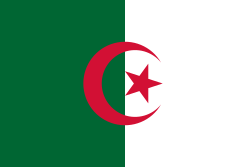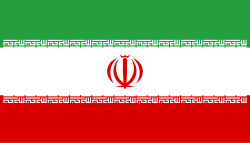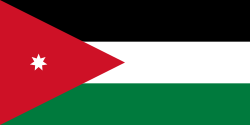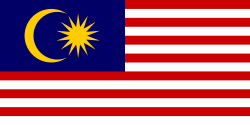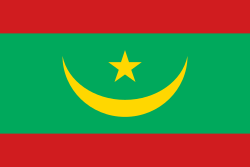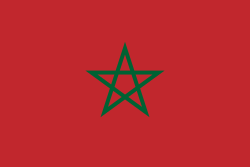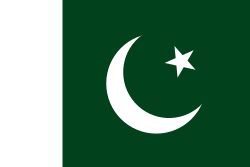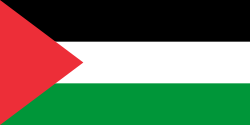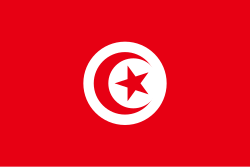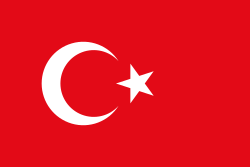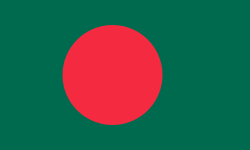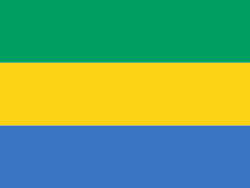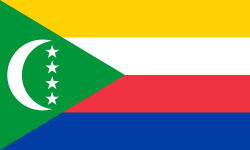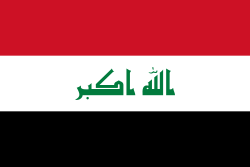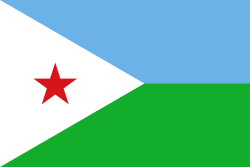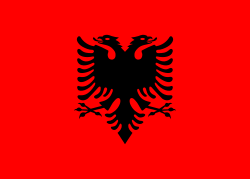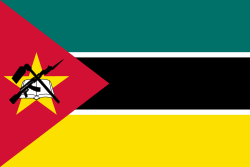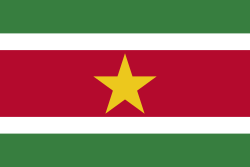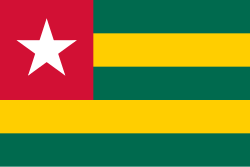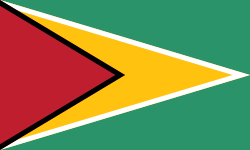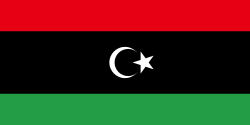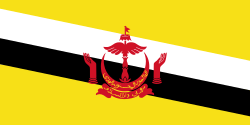Organizace islámské spolupráce
| Organizace islámské spolupráce | |
|---|---|
 | |
 členské státy pozorovatelé pozastavené členství | |
| Zkratka | OIC/OCI |
| Vznik | 25. září 1969 |
| Typ | mezinárodní |
| Sídlo | Džidda, Saúdská Arábie |
| Souřadnice | 21°30′36,2″ s. š., 39°10′57,3″ v. d. |
| Úřední jazyk | arabština, angličtina, francouzština |
| Členové | 57 zemí |
| Generální tajemník | Hissein Brahim Taha |
| Lídr | Hissein Brahim Sem Taha (od 2020) |
| Oficiální web | www |
| Některá data mohou pocházet z datové položky. | |
Organizace islámské spolupráce (anglicky Organisation of Islamic Cooperation – OIC, francouzsky Organisation de la Coopération Islamique – OCI, arabsky منظمة التعاون الاسلامي) je mezinárodní organizace sestávající z 57 členských zemí. Její snahou je být kolektivním hlasem islámského světa (Umma), chránit zájmy muslimů a zajistit jejich rozvoj. V roce 1990 přijaly členské státy OIC/OCI Káhirskou deklaraci lidských práv v islámu, ve které je islámské právo šaría jedinou referencí pro vysvětlení kteréhokoli z článků této deklarace (ČLÁNEK 25).
Jedná se o největší mezinárodní organizaci mimo Organizaci spojených národů.[1] Jejími oficiálními jazyky jsou arabština, angličtina a francouzština. Před 28. červnem 2011 se nazývala Organizace islámské konference.[2]
Členské země
Organizace islámské spolupráce má 57 členů, z nichž všechny kromě Palestiny jsou OSN uznány jako státy. Některé z nich, hlavně v západní Africe, nejsou státy s muslimskou většinou. Některé státy s významnou muslimskou menšinou, jako např. Rusko a Thajsko, jsou pozorovatelskými státy organizace, zatímco např. Indie a Etiopie členy nejsou.
Demokracie
Index demokracie za rok 2010 sestavovaný společností Economist Intelligence Unit žádnou zemi OIC neoznačil za úplnou demokracii a jen 3 země označil za nefunkční demokracie. Zbytek byl zařazen buď mezi autoritativní režimy nebo hybridní režimy.[5]
Svobody
Ve výroční zprávě organizace Freedom House za rok 2010 byly tři státy OIC označený za svobodné co se týče politických a občanských práv.[6] Reportéři bez hranic ve svém Indexu svobody tisku za rok 2010 označili situaci v Mali a Surinamu za uspokojivou. Ostatní státy patří do rozmezí význačné problémy až velmi vážná situace.[7][8]
Odkazy
Poznámky
- ↑ V roce 1988 Palestinská autonomie vystřídala Organizaci pro osvobození Palestiny.
Reference
V tomto článku byl použit překlad textu z článku Organisation of Islamic Cooperation na anglické Wikipedii.
- ↑ Special Envoy to the Organization of the Islamic Conference (OIC) [online]. US Department of State [cit. 2012-03-16]. Dostupné online. (anglicky)
- ↑ OIC changes name, emblem Archivováno 23. 10. 2014 na Wayback Machine., Pakistan Observer
- ↑ OIC member states. www.oic-oci.org [online]. [cit. 2012-03-16]. Dostupné v archivu pořízeném dne 2012-06-19.
- ↑ OIC observers[nedostupný zdroj]
- ↑ Democracy Index 2010 [online]. Economist Intelligence Unit [cit. 2012-03-16]. Dostupné online.
- ↑ Freedom in the World 2011: Table of Independent Countries [online]. Freedom House, 2012-03-16 [cit. 2012-03-16]. Dostupné v archivu pořízeném dne 2011-10-08.
- ↑ Freedom of the Press Worldwide in 2011 [online]. Reporters Without Borders [cit. 2012-03-16]. Dostupné v archivu pořízeném dne 2011-08-11.
- ↑ Press Freedom Index 2010 [online]. Reporters Without Borders [cit. 2012-03-16]. Dostupné v archivu pořízeném dne 2012-01-28.
Externí odkazy
 Obrázky, zvuky či videa k tématu Organizace islámské spolupráce na Wikimedia Commons
Obrázky, zvuky či videa k tématu Organizace islámské spolupráce na Wikimedia Commons
Média použitá na této stránce
bendera Indonesia
Flag of Iran. The tricolor flag was introduced in 1906, but after the Islamic Revolution of 1979 the Arabic words 'Allahu akbar' ('God is great'), written in the Kufic script of the Qur'an and repeated 22 times, were added to the red and green strips where they border the white central strip and in the middle is the emblem of Iran (which is a stylized Persian alphabet of the Arabic word Allah ("God")).
The official ISIRI standard (translation at FotW) gives two slightly different methods of construction for the flag: a compass-and-straightedge construction used for File:Flag of Iran (official).svg, and a "simplified" construction sheet with rational numbers used for this file.
Flag of Mauritania, adopted in 2017. The National Assembly added red stripes to the top and bottom edges to represent “the blood shed by the martyrs of independence”.
Flag of Senegal
Při zobrazení tohoto souboru lze snadno přidat orámování
Flag of Burkina Faso
Flag of Maldives. The colours used are Pantone 186 C for red and Pantone 348 C for green.
Flag of Togo. Aspect ratio modified for projects that require an aspect ratio of 3:2.
Flag of the Ivory Coast, written by Jon Harald Søby, modified by Zscout370. The colors match to what is reported at http://fotw.vexillum.com/flags/ci.html.
The proportions of this flag are 3:2; however, there is no official definition for the correct proportions and also 5:3 is widely used.
The national flag of Kingdom of Thailand; there are total of 3 colours:
- Red represents the blood spilt to protect Thailand’s independence and often more simply described as representing the nation.
- White represents the religion of Buddhism, the predominant religion of the nation
- Blue represents the monarchy of the nation, which is recognised as the centre of Thai hearts.
U.S. Secretary of State Hillary Rodham Clinton participates in the Organization of Islamic Cooperation (OIC) Conference on “Building on the Consensus” at the Research Center for Islamic History, Art and Culture (IRCICA) in Istanbul, Turkey, on July 15, 2011. [State Department photo/ Public Domain]
Autor: M.WongM, Licence: CC BY-SA 3.0
Map of Organisation of Islamic Cooperation (OIC) countries.

